Gas stations may become relics of the past as electric vehicles (EVs) surge towards dominance. This isn’t just wishful thinking for eco-warriors. EVs are rapidly becoming the smarter option, offering a compelling combination of environmental responsibility, economic benefits, and technological innovation. Here are 14 reasons why EV cars will become the majority of vehicles on the road:
Urban Appeal

EV cars are perfect for urban and suburban areas. The average car travels less than 100 miles a day. EVs are great for people living in urban areas because they have shorter commutes and plenty of charging stations and options available to them. The best part about EVs is that they get better mileage in cities because the electric motor recaptures the energy when it decelerates.
Healthier Cities

As more people drive EVs, air pollution is reduced, which leads to a reduction in respiratory illnesses. A rise in EV cars has an indirect economic benefit for the most vulnerable sections of society. With less air pollution, they are less likely to suffer from related diseases, which means less time spent recovering and more time to earn money.
Air Pollution Fighters
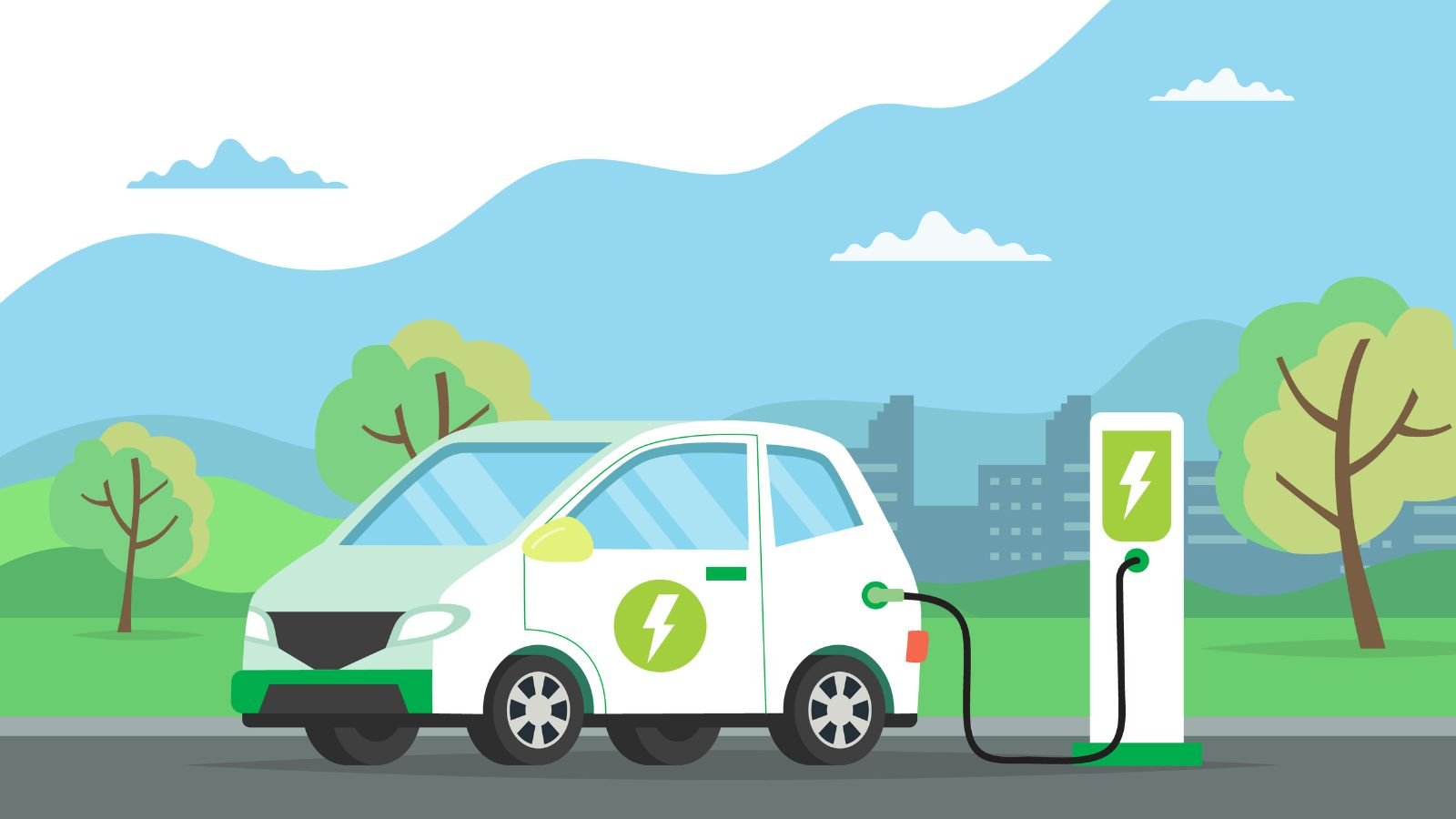
EV cars emit less GHGs (greenhouse gases) than petrol or diesel cars. This is even after you consider the cost of manufacturing, transportation, and electricity consumption of these vehicles over a lifetime. They have zero tailpipe emissions, which means they reduce air pollution considerably.
No Noise Pollution

The average car travelling at 30 mph produces sounds ranging from 33 to 69 decibels. When travelling on interstate highways, the noise levels go up to 89 decibels, where the average speed is around 70 mph. EV cars emit minimal sounds; if they do, they are mandated to do so. More EV cars on the streets means less sound and more peace.
Cost-effective

Money is an important factor when buying an EV car. EVs have lower chances of breaking down than gasoline vehicles because they have fewer moving parts. Their brake systems are better thanks to regenerative braking. They require less fluids and no oil, and they are more efficient. They are easier to maintain than gasoline vehicles. They don’t need servicing as regularly as gasoline vehicles, which saves owners a lot of money and time.
Government Incentives
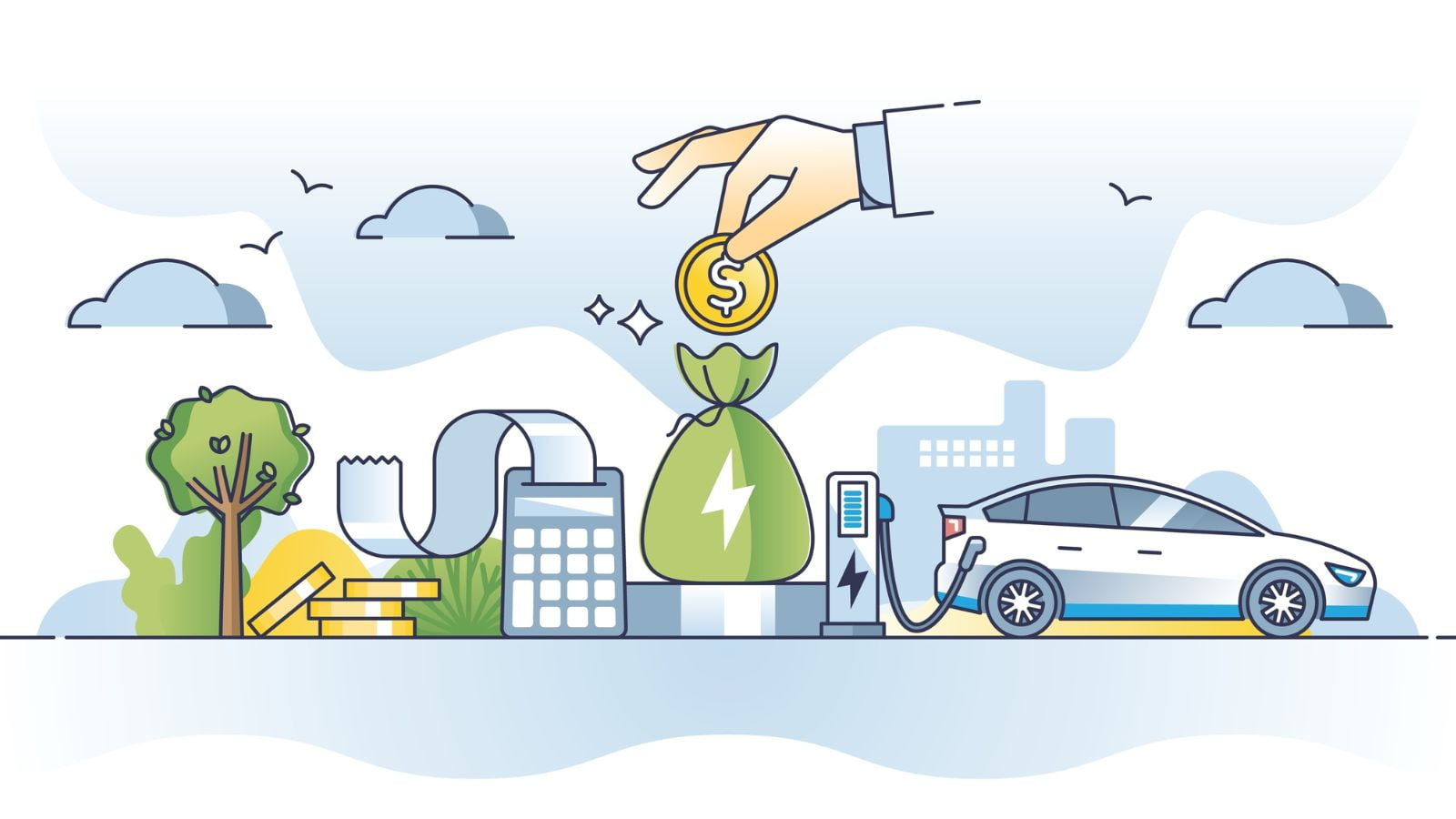
Buying a new plug-in EV or fuel cell EV can qualify you for a clean vehicle tax credit. The IRS website says, “You may qualify for a credit up to $7,500 under Internal Revenue Code Section 30D if you buy a new, qualified plug-in EV or fuel cell electric vehicle (FCV). The Inflation Reduction Act of 2022 changed the rules for this credit for vehicles purchased from 2023 to 2032.” Save the environment and get a tax credit? Expect the lines outside EV dealerships to increase.
Instant Performance
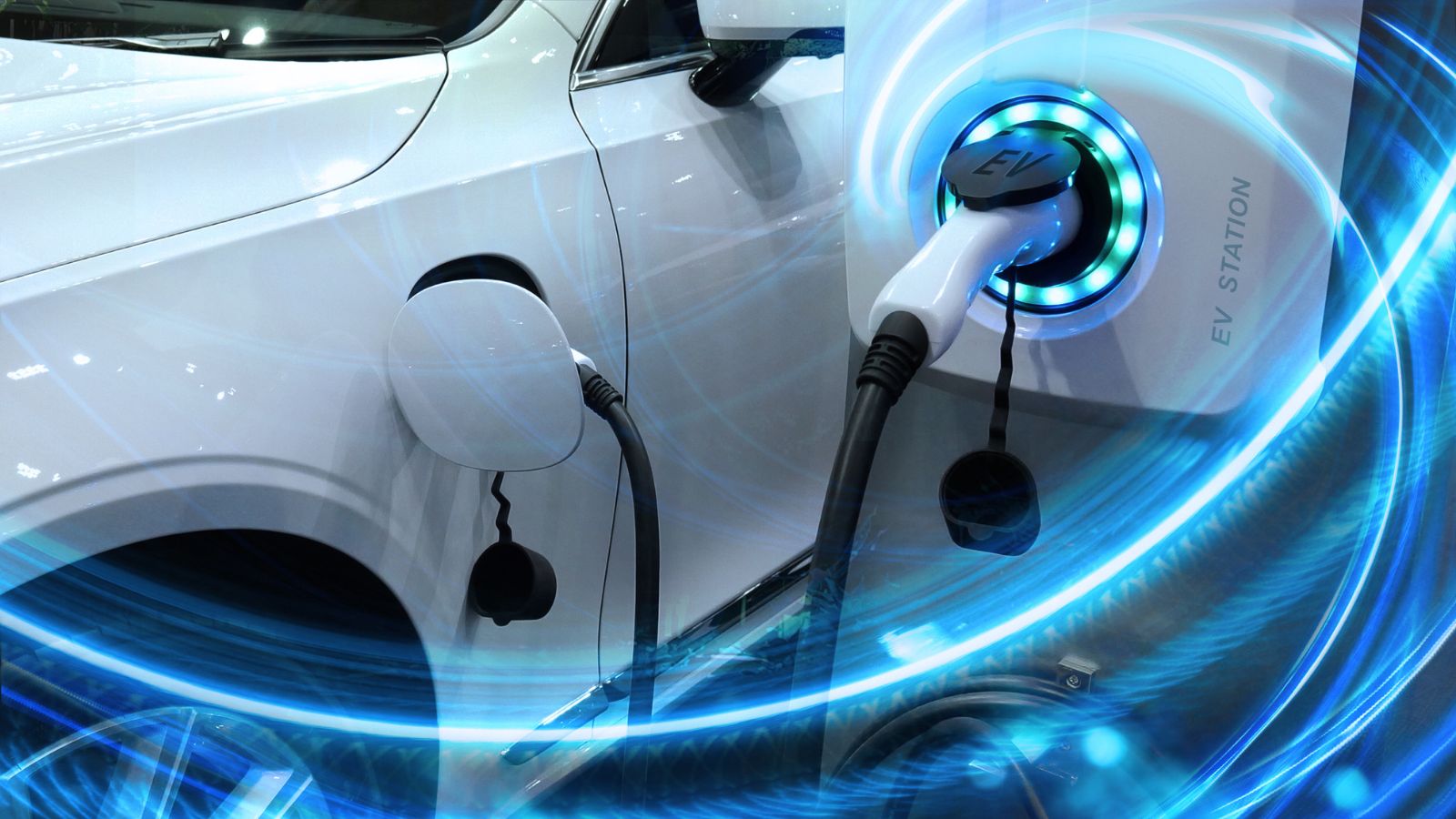
EV cars can get off the blocks faster than any comparable gasoline car. Motors that power EVs deliver instant torque. Your EV can zoom from a stoplight the second you hit the accelerator. Their front and rear motors work all their four tires. The extra traction helps them power up quicker. There’s zero lag time.
Energy Independence

Apart from noise pollution and a better environmental impact, governments have a third reason for promoting EVs: Energy independence. When more people drive EV cars, there is less dependence on other countries for gas. They reduce reliance on foreign oil and lower transportation costs, leading to greater energy independence.
Better Batteries
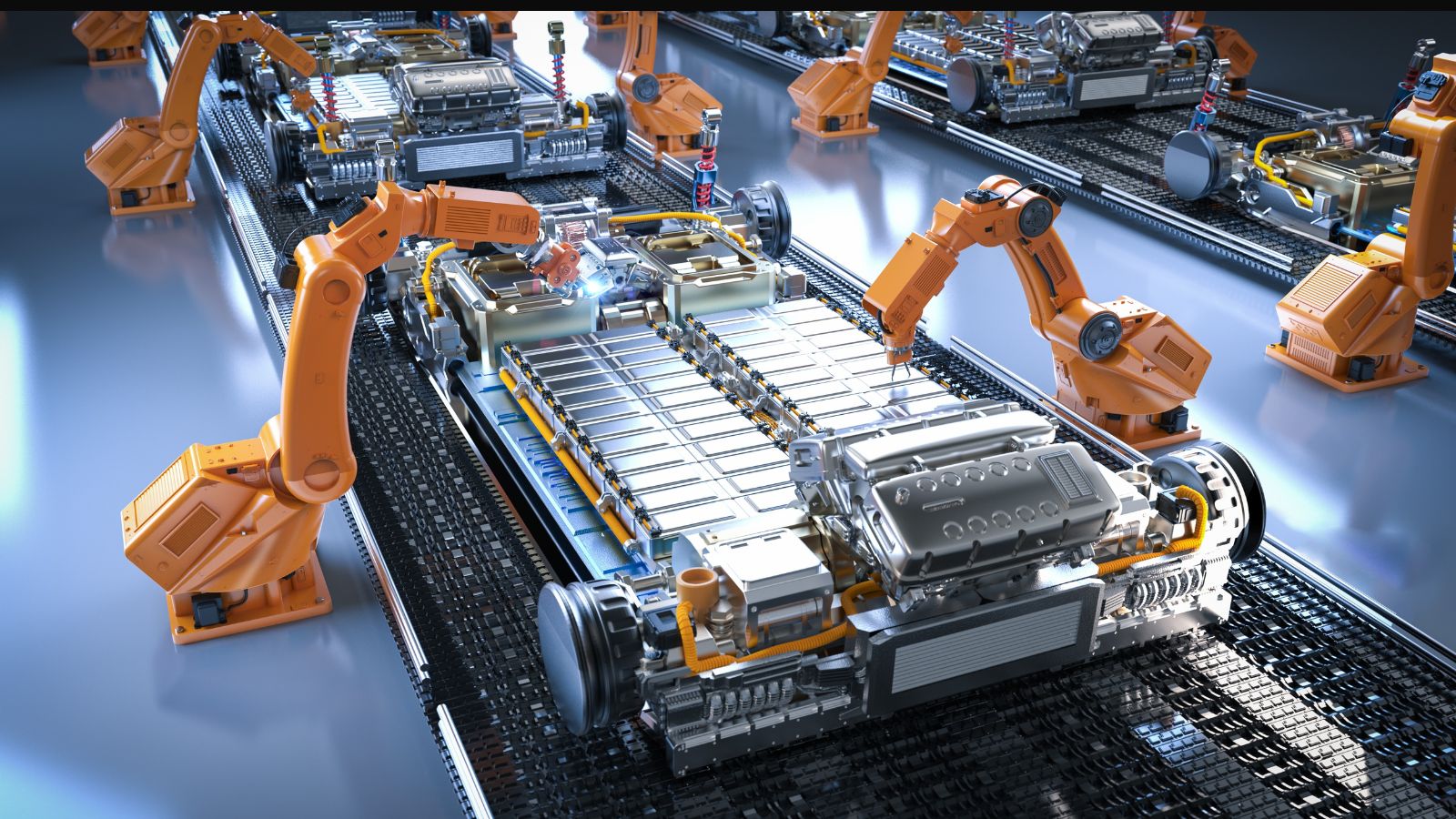
The Bipartisan Infrastructure Law and Inflation Reduction Act invests $7.6 billion in battery research and development. Expect car batteries to get better, smaller, and more efficient. All these will lead to a critical development: cheaper car batteries. Batteries account for 30-40% of an EV’s cost. In the last 15 years, the cost of EV car batteries has dropped by over 80%. Expect the trend to continue.
More Fuel Savings

EVs eliminate the need to drive to gas stations to fill up your tank. You can charge your EV car from the comfort of your home and save a lot of money. A 2018 study by the University of Michigan’s Transportation Research Institute says you spend around $1,117 for a gasoline vehicle in a year but only $485 for an EV. That means massive savings over the lifetime of a vehicle.
Infrastructure Investment
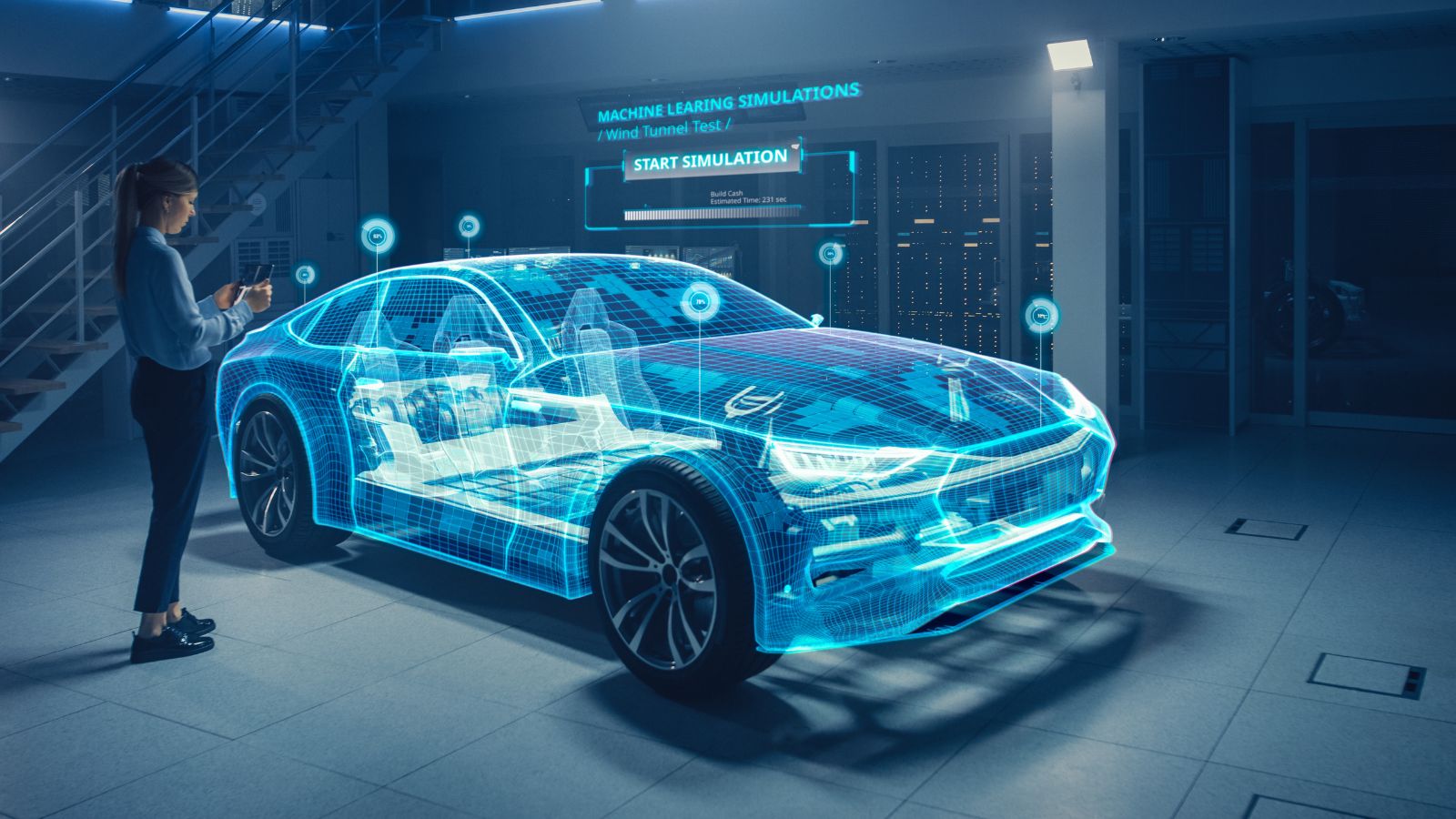
Governments worldwide are investing billions of dollars into infrastructure for EVs, including charging points and battery design. As of January 2024, over $25 billion had been announced for charging points, and the private sector accounted for $10 billion. The government wants EVs to make up at least 50% of new car sales by 2030.
More Space
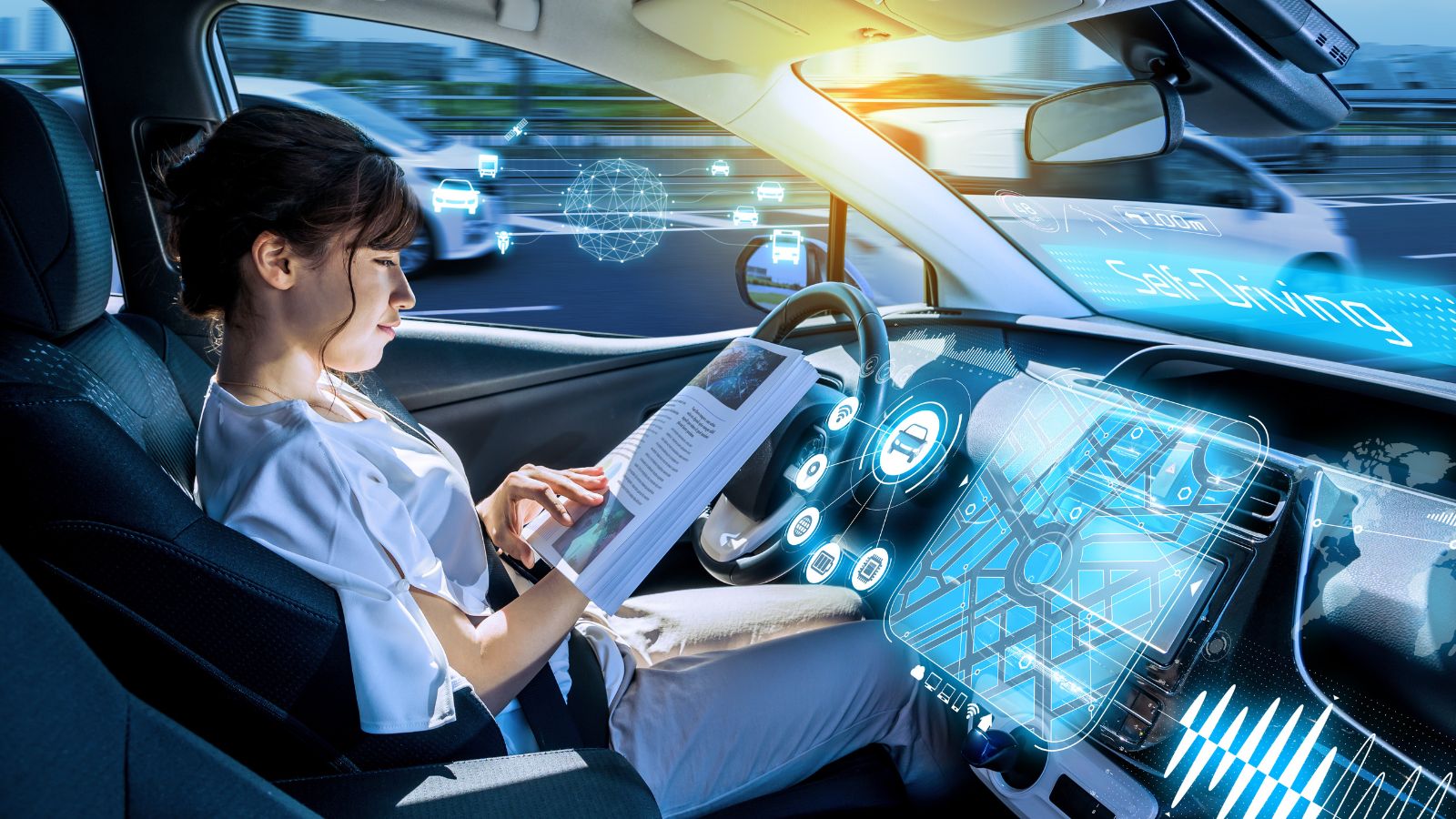
Batteries have fewer moving parts. This means more room for drivers and passengers to sit in the car. As EV cars improve, thanks to design and technology, the car’s components will get even smaller. Gasoline-powered cars need space for exhaust systems, larger engines, and gearboxes. EV cars don’t need any of these. There’s also more space in the boot.
Stricter Emission Regulations

In March, the EPA finalized new rules on vehicle emissions that are expected to push the auto industry to fasten its transition into EV vehicles. The EPA wants EV sales to account for 56% of total car sales by 2030, more than the government’s target of 50%. An NPR report said, “The new rules require auto manufacturers to slash emissions of greenhouse gasses like carbon dioxide that are heating the planet, as well as air pollutants that contribute to soot and smog. The administration says the new standards will avoid more than seven billion tons of carbon dioxide emissions and deliver almost $100 billion in annual benefits, including $13 billion in health benefits as a result of less pollution.”
Manufacturing Focus

When the government wants you to build EV cars and your customers demand them, what choice do you have but to produce them? EV vehicles are changing the face of the US auto industry. Auto manufacturers continue to invest billions of dollars in them, and the number of new models that are out in the market is mind-boggling.
20 Timeless Cars that Will Never Go Out of Style
 In the fast-paced world of automotive design, where trends come and go, some vehicles stand as timeless testaments to durability, craftsmanship, and enduring style. This article celebrates 20 vehicles that have triumphed over time and shifting trends, capturing the hearts of American drivers through their unwavering reliability and iconic design.
In the fast-paced world of automotive design, where trends come and go, some vehicles stand as timeless testaments to durability, craftsmanship, and enduring style. This article celebrates 20 vehicles that have triumphed over time and shifting trends, capturing the hearts of American drivers through their unwavering reliability and iconic design.
20 Timeless Cars that Will Never Go Out of Style

Alanna Rosen is an experienced content writer that focuses on many EV and educational content. Her articles are regularly published on Get CyberTrucked and syndicated on large publications.
